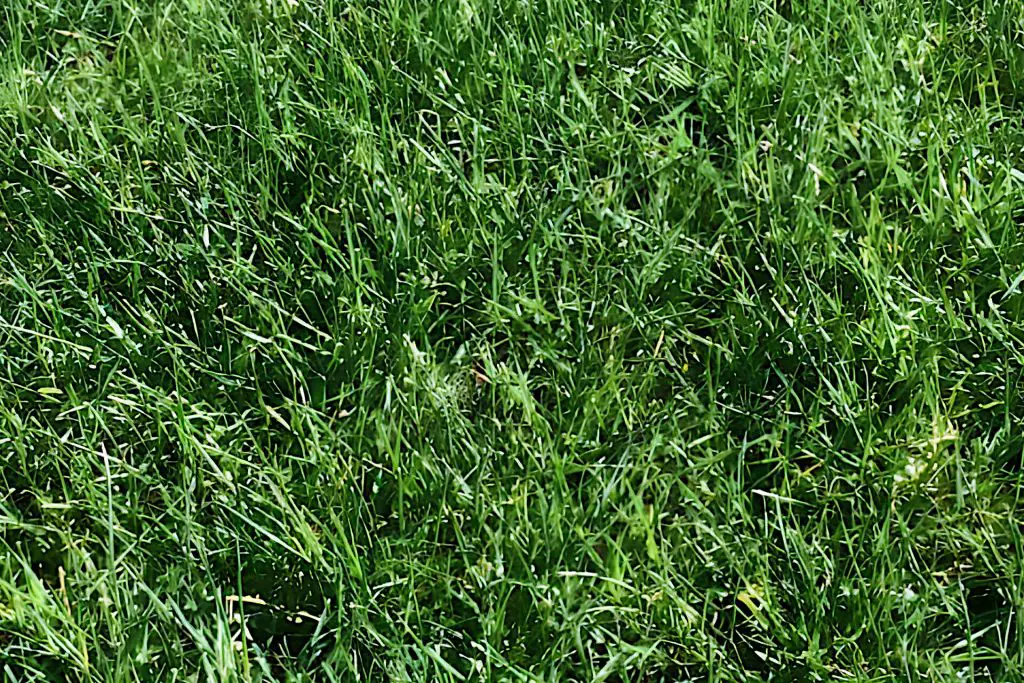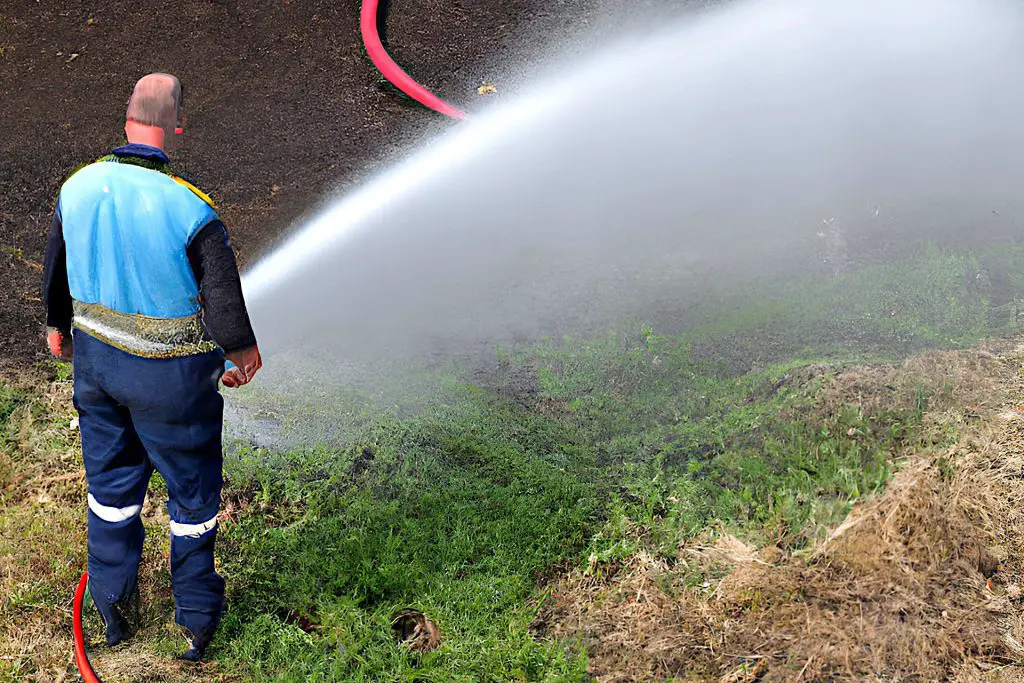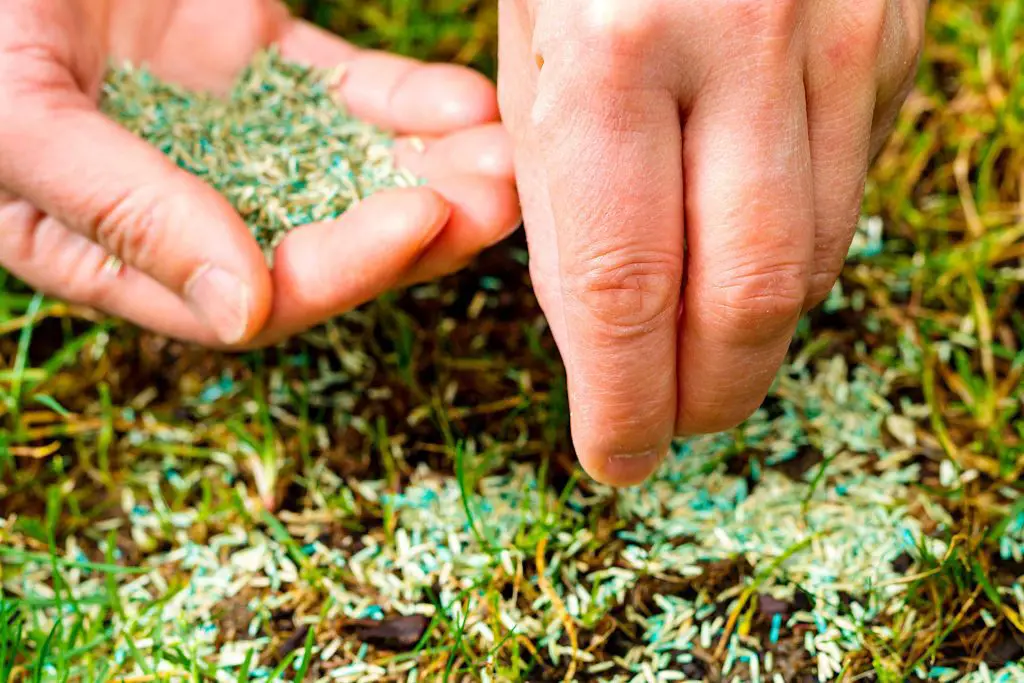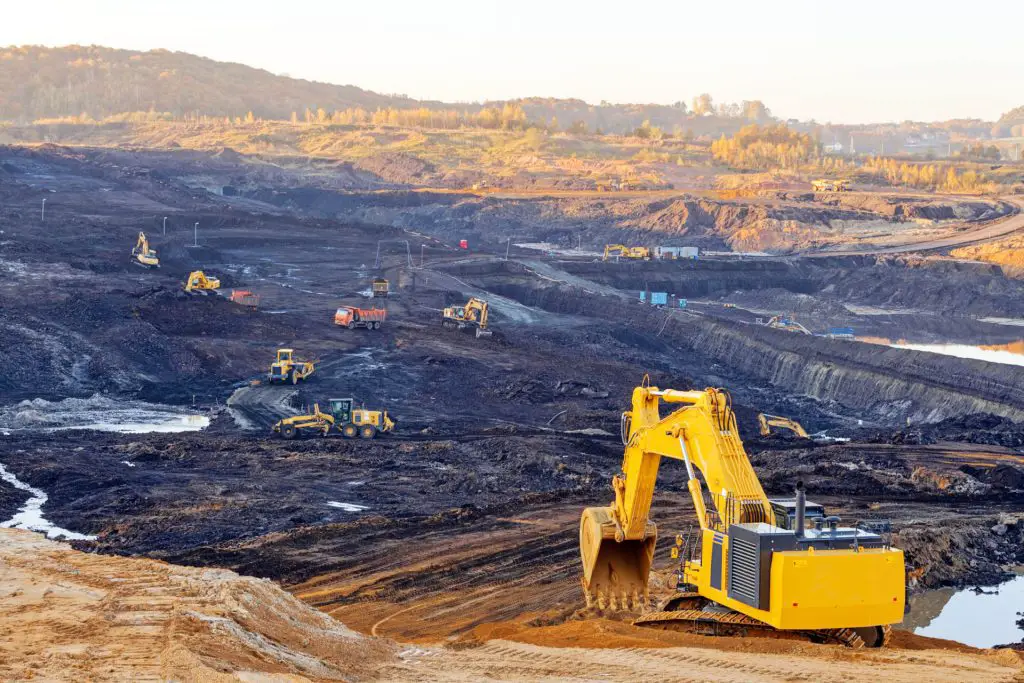Mastering Hydroseeding: A Deep Dive into Grass Seed Selection and Benefits
Hydroseeding has revolutionized the world of lawn establishment and renovation, offering a sustainable solution to challenges like soil stabilization and erosion control. At the heart of this process lies a critical decision: grass seed selection. The right choice can mean the difference between a thriving, lush lawn and a patchy, underwhelming one.
But what makes hydroseeding so special? It’s a unique blend of grass seed mixtures, water, hydroseeding mulch, and hydroseeding fertilizer. This concoction is sprayed onto soil, creating an environment ripe for grass seed germination. Whether you’re aiming for drought-tolerant grasses in sun-drenched areas or shade-tolerant grasses for those tricky, shadowy spots, hydroseeding has got you covered.
Moreover, with the rise of sustainable landscaping, the emphasis on native and adaptive grass types has never been higher. From cool-season grasses that thrive in chilly climates to warm-season grasses that bask in the heat, there’s a seed for every need.
In this guide, we’ll delve deep into the nuances of hydroseeding, ensuring you’re well-equipped to make informed decisions for your next lawn project. Whether you’re a homeowner, a hydroseeding contractor, or someone with a budding interest in lawn care, there’s something here for everyone.
Understanding Grass Species

When it comes to hydroseeding, the grass truly is greener on the side with the right seed! Understanding the different grass seed varieties and their attributes is essential for achieving optimal results especially if you are going to try DIY hydroseeding. Let’s break down the two main categories: cool-season grasses and warm-season grasses.
Cool-season Grasses
These grasses thrive in areas with cold winters and moderate summers. They’re known for their rapid growth during the spring and fall.
- Kentucky Bluegrass: A top choice for many homeowners, this grass boasts a fine texture and a rich green hue. It’s perfect for lawn renovation due to its dense growth pattern.
- Perennial Ryegrass: With quick grass seed germination rates, this grass establishes itself rapidly, making it ideal for lawn establishment in a jiffy.
- Fine Fescue: Loved for its shade tolerance, it’s a go-to for those tricky parts of the yard that don’t get much sunlight.
Table: Cool-season Grass Attributes
| Grass Species | Texture | Sun Requirement | Drought Tolerance |
|---|---|---|---|
| Kentucky Bluegrass | Fine | Full Sun | Moderate |
| Perennial Ryegrass | Fine | Full Sun to Partial Shade | Low |
| Fine Fescue | Fine | Partial to Full Shade | High |
Warm-season Grasses
Warm-season grasses come alive in the heat, making them perfect for areas with hot summers.
- Bermuda Grass: A champion of drought-tolerant grasses, Bermuda grass loves the sun and can withstand significant foot traffic.
- St. Augustine Grass: With its broad leaves, it’s a popular choice for southern lawns. It’s also a shade-tolerant grass seed, offering flexibility in planting locations.
- Zoysia Grass: Known for its dense growth, it’s a top pick for those looking to crowd out weeds naturally.
Table: Warm-season Grass Attributes
| Grass Species | Texture | Sun Requirement | Drought Tolerance |
|---|---|---|---|
| Bermuda Grass | Fine | Full Sun | High |
| St. Augustine Grass | Broadleaf | Full Sun to Partial Shade | Moderate |
| Zoysia Grass | Fine | Full Sun | High |
Table: Overview Comparison of Species
This table provides a concise comparison of the grass species, making it evaluate different grass species in terms of their growth rate, maintenance needs, and ideal use cases:
| Grass Species | Growth Rate | Maintenance Needs | Ideal Use Cases |
|---|---|---|---|
| Bermuda | Fast | High | Lawns, Athletic Fields |
| Fescue | Moderate | Medium | Lawns, Shaded Areas |
| Ryegrass | Fast | High | Lawns, Athletic Fields |
| Kentucky Bluegrass | Moderate | Medium | Lawns, Parks |
| Buffalo | Slow | Low | Drought Areas |
| St. Augustine | Moderate | Medium | Warm Lawns |
| Centipedegrass | Slow | Low | Low Traffic Lawns |
| Zoysiagrass | Moderate | Medium | Lawns, Golf Courses |
| Bahiagrass | Moderate | Low | Pastures, Lawns |
| Carpetgrass | Moderate | Low | Wet Areas |
| Bentgrass | Fast | High | Golf Courses |
Types of Hydroseeding Mixes

Choosing the right grass seed mixtures for hydroseeding is crucial for success. The mix you select should align with your goals, whether it’s lawn renovation, soil stabilization, or creating a play area for kids.
Pure Seed Mixes
These mixes contain only one type of grass seed. They’re ideal for:
- Establishing a uniform lawn appearance.
- Targeting specific grass seed cultivars for unique soil or climate conditions.
Mixed Seed Blends
These are combinations of different grass seeds, designed to harness the strengths of each type.
- Sun and Shade Blends: Perfect for lawns with varying sun exposure. They often combine full sun grass seed with shade-tolerant grass seed.
- Drought and Shade Blends: For those challenging areas that are both dry and shady, this blend is a lifesaver.
- All Conditions Blends: A jack-of-all-trades mix, suitable for a range of environments.
Table: Popular Grass Seed Blends
| Blend Type | Grass Seeds Included | Best For |
|---|---|---|
| Sun and Shade | Kentucky Bluegrass, Fine Fescue | Varied sun exposure |
| Drought and Shade | Bermuda Grass, Fine Fescue | Dry, shady areas |
| All Conditions | Kentucky Bluegrass, Perennial Ryegrass, Bermuda Grass | General use |
By understanding the different grass species and hydroseeding mixes available, you can tailor your approach to suit your specific needs, ensuring a lush, green outcome every time. Whether you’re a DIY enthusiast or seeking guidance for a hydroseeding contractor, knowledge is the key to a successful lawn project.
Attributes of Grass Seeds: Why They Matter

The success of hydroseeding isn’t solely dependent on the process itself but also on the attributes of the grass seeds chosen. These attributes play a pivotal role in determining how well the lawn will establish, its resilience to external factors, and its overall appearance.
Fine Textured Grasses
Fine-textured grasses, with their slender blades, offer a soft and lush appearance, making them a favorite for homeowners aiming for an aesthetically pleasing lawn.
- Benefits:
- Aesthetic appeal: Offers a carpet-like appearance.
- Less abrasive: Ideal for play areas and barefoot walking.
- Dense growth: Effective in crowding out weeds.
Table: Fine Textured Grass Attributes
| Grass Species | Sun Requirement | Drought Tolerance | Best Use |
|---|---|---|---|
| Kentucky Bluegrass | Full Sun | Moderate | Lawns, Parks |
| Perennial Ryegrass | Full Sun to Partial Shade | Low | Athletic Fields, Playgrounds |
Broadleaf Grasses
Broadleaf grasses, with their wider blades, are robust and can withstand a variety of conditions.
- Benefits:
- Durable: Can handle foot traffic well.
- Versatile: Adapts to various soil types.
- Shade tolerant: Grows well even in less sunny areas.
Table: Broadleaf Grass Attributes
| Grass Species | Sun Requirement | Drought Tolerance | Best Use |
|---|---|---|---|
| St. Augustine Grass | Full Sun to Partial Shade | Moderate | Lawns, Coastal Areas |
| Bahiagrass | Full Sun | High | Pastures, Roadsides |
Factors to Consider
When selecting grass seeds for hydroseeding, several factors come into play:
- Soil Type: Different grass seed cultivars are suited for specific soil types. For instance, some grasses thrive in sandy soils, while others prefer clayey terrains.
- Climate: Cool-season grasses and warm-season grasses are adapted to different temperature ranges. Your geographical location will influence your choice.
- Maintenance Needs: Some grasses require frequent mowing, grass seed fertilizing, and watering, while others are low maintenance.
- Purpose: The intended use, be it for lawn care, erosion control, or athletic fields, will dictate the grass type. For instance, grass seed for soil stabilization might differ from that chosen for aesthetic appeal.
Grass Seed Use Cases in Hydroseeding

Hydroseeding has versatile use cases, catering to a plethora of needs. From residential lawns to combating erosion, the right grass seed can make all the difference.
Lawns and Residential Areas
The dream of many homeowners is a lush, green lawn. Hydroseeding makes this dream attainable, offering rapid lawn establishment.
- Grass Seed Selection: Opt for a blend that offers both aesthetic appeal and durability. Consider factors like sun exposure and soil type.
- Maintenance: Regular grass seed watering, occasional grass seed fertilizing, and timely mowing will keep the lawn in top shape.
Athletic Fields
Athletic fields require grass that can recover quickly from wear and tear.
- Grass Seed Selection: Choose grasses known for their resilience, such as Bermuda Grass or Perennial Ryegrass.
- Maintenance: Regular grass seed mowing at the right height and grass seed weed control methods are crucial.
Erosion Control
Hydroseeding plays a pivotal role in soil stabilization. The right grass seed can prevent soil erosion, safeguarding the environment.
- Grass Seed Selection: Opt for deep-rooted grasses that firmly anchor the soil. Native grasses are often preferred for their adaptability.
- Maintenance: Minimal. Once established, these grasses often require little care but offer significant benefits.
Golf Courses
Golf courses demand a fine balance between aesthetics and functionality.
- Grass Seed Selection: Fine-textured grasses like Bentgrass are popular choices. The selection often varies between the fairway, greens, and roughs.
- Maintenance: Regular grass seed fertilizing, precise grass seed mowing, and grass seed disease control methods are essential to maintain the course’s quality.
Industrial Applications: Highway Verges and Central Reservations
Industrial landscapes, particularly highway verges and central reservations present unique challenges. These areas are exposed to pollution, and high winds, and often have compacted soils, making traditional seeding methods less effective.
- Grass Seed Selection: For these areas, it’s crucial to choose hardy grass species that can withstand these conditions. Drought-tolerant grass seed and grass seed blends for sun and drought are often preferred. Native grasses, being adapted to local conditions, can also be a good choice.
- Benefits:
- Erosion Control: Grasses prevent soil erosion caused by rain and wind.
- Aesthetic Appeal: Green verges and reservations enhance the overall look of highways.
- Pollution Control: Grasses can absorb some pollutants, improving air quality.
- Maintenance: Given the challenging conditions, these areas require minimal but effective maintenance. Regular monitoring for disease or pest outbreaks is crucial.
Recovering Mining Areas: The Role of Revegetation

Mining activities can leave landscapes barren and scarred. Revegetation through hydroseeding is a sustainable solution to restore these areas.
- Grass Seed Selection: The choice of grass seed is pivotal. Native grass seed varieties are often preferred due to their adaptability. Additionally, grasses with deep root systems help in soil stabilization and prevent further erosion.
- Benefits:
- Soil Stabilization: Grasses anchor the soil, preventing erosion.
- Biodiversity: Over time, a restored area can become a habitat for various fauna.
- Carbon Sequestration: Grasses absorb carbon dioxide, playing a role in combating climate change.
- Maintenance: Initially, these areas might require regular watering and monitoring. However, as the ecosystem establishes, nature takes over, requiring minimal human intervention.
Selecting the right grass seed for hydroseeding is both an art and a science. By understanding the various attributes and aligning them with specific use cases, one can harness the full potential of hydroseeding, ensuring green, thriving landscapes. Whether you’re a homeowner or a professional landscaper, knowledge is your most potent tool.
Final Thoughts:
Hydroseeding is as much about the technique as it is about the choice of grass seed. As we’ve delved deep into the world of grass species, their attributes, and specific use cases, it’s evident that the success of hydroseeding hinges on these nuanced selections. It’s not a one-size-fits-all approach; it’s a tailored strategy that considers the unique needs of the environment and the desired outcome.
From the resilience of warm-season grasses to the lush beauty of cool-season varieties, the spectrum of grass seeds offers a solution for every landscape challenge. Whether it’s crafting a pristine lawn, establishing robust athletic fields, or championing erosion control, the right grass seed makes all the difference.
Furthermore, the evolution of grass seed blends and mixtures underscores the industry’s commitment to optimizing results. By understanding the strengths and limitations of each species, and by harnessing their combined potential, we can achieve landscapes that are not only visually stunning but also sustainable and functional.
In wrapping up, the essence of hydroseeding lies in its harmony with nature. It’s a dance between human ingenuity and nature’s bounty. At the heart of this dance is the grass seed, chosen with care, knowledge, and a vision for a greener tomorrow.
